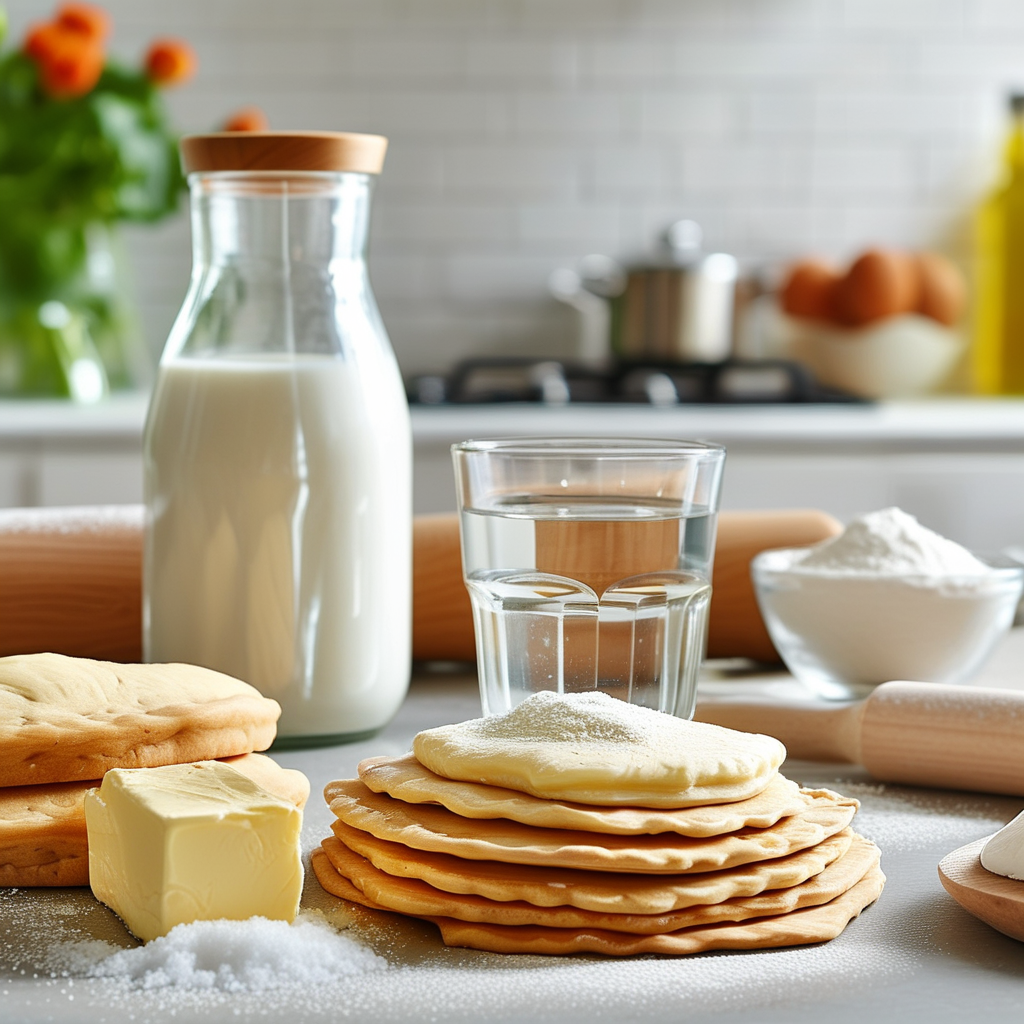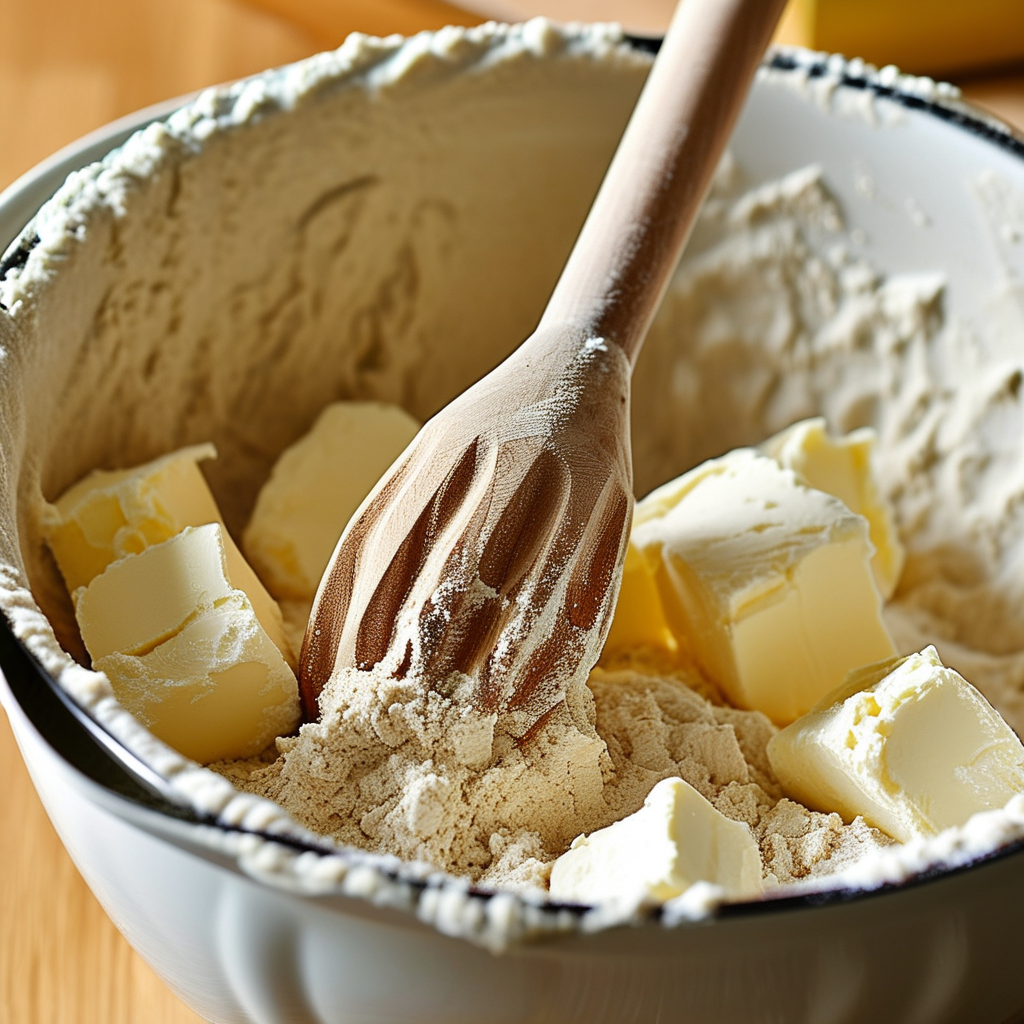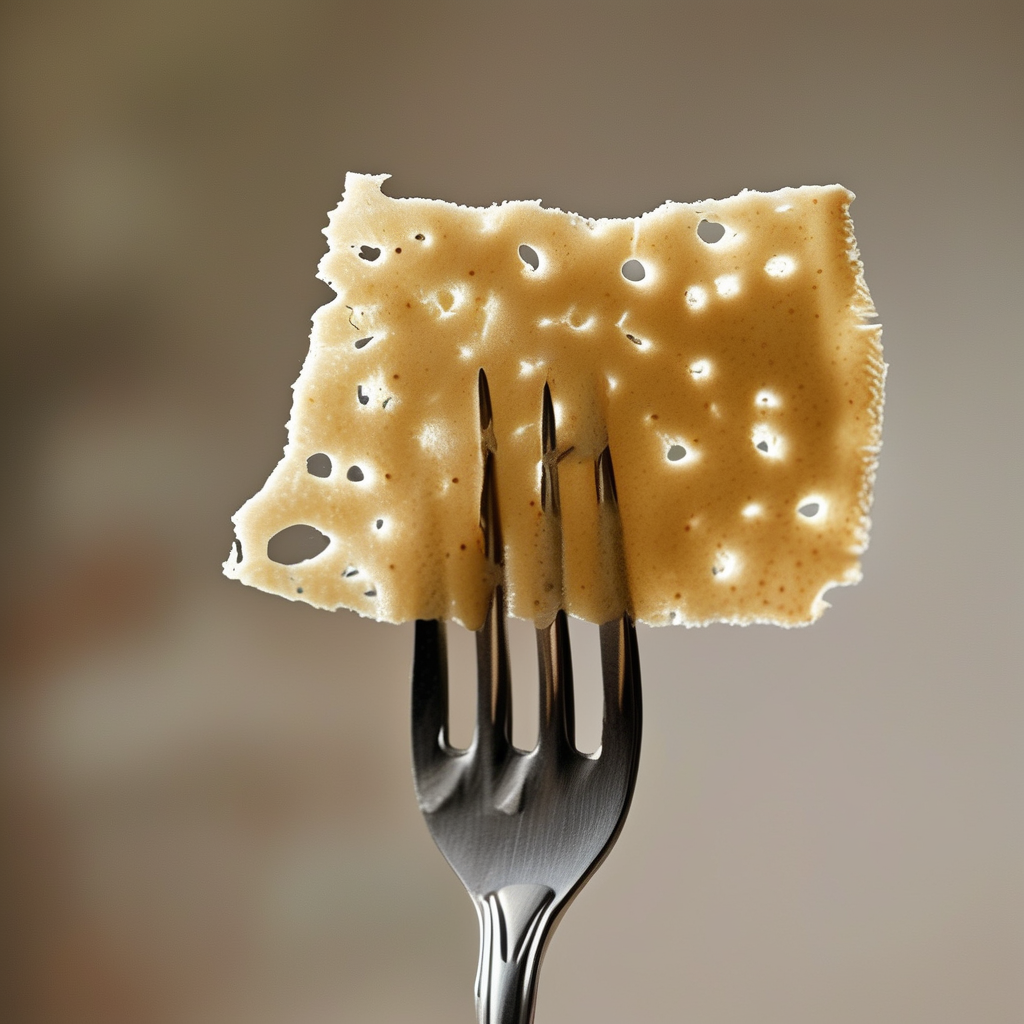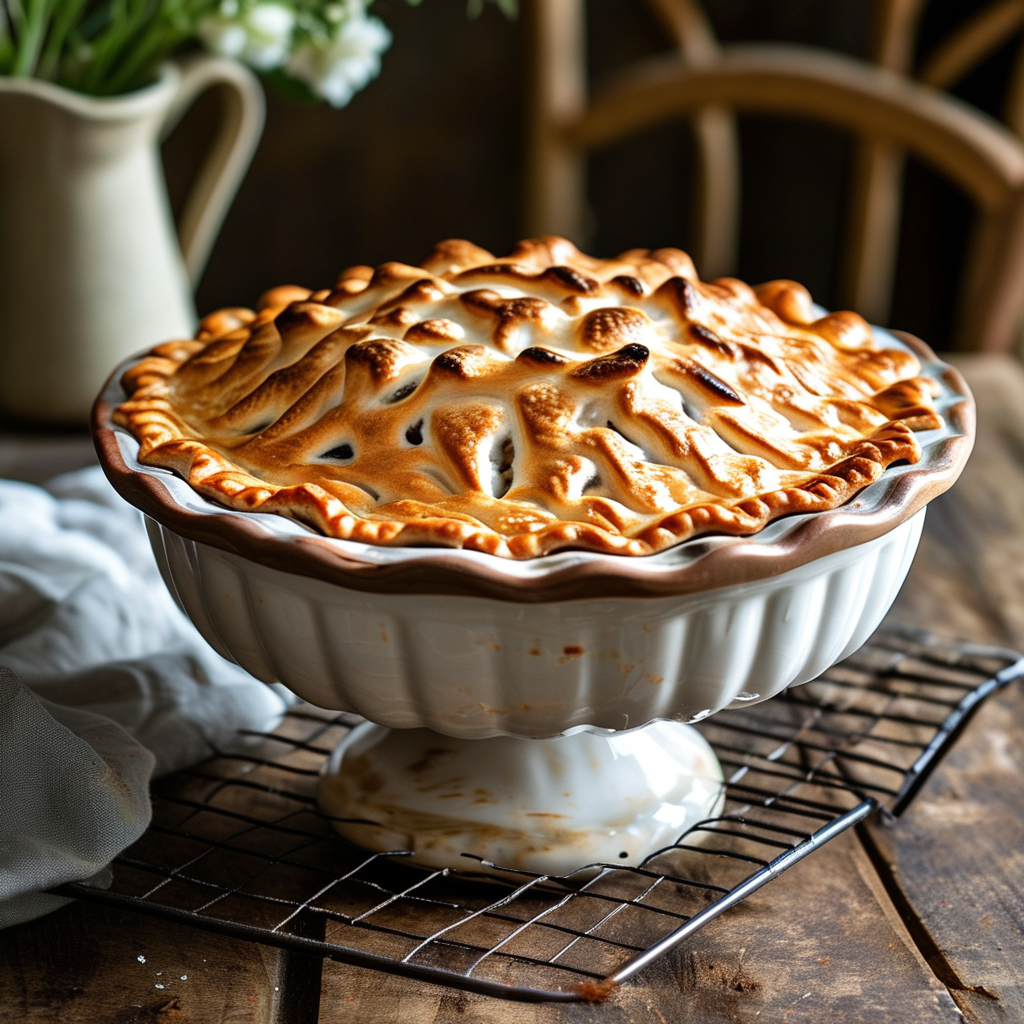Making an Easy Pie Crust Recipe By Hand Without Shortening from scratch is a fundamental skill every baker should master. Not only is a homemade crust more delicious, but it also allows for healthier ingredient choices. Many people seek to make a pie crust without shortening due to health preferences, dietary restrictions, or simply wanting to use wholesome ingredients. In this article, we’ll take you through a step-by-step guide on how to create a flaky and flavorful pie crust by hand.
Before diving into the ingredients and techniques, consider checking out this Vegan Chocolate Pie that showcases healthy baking options and might inspire your next pie creation!
A well-made pie crust is the foundation of any good pie, and understanding its components is essential. Many bakers may wonder, what can I use instead of shortening? The answer lies in the quality of your ingredients.
For more innovative ideas, explore this Veggie Pizzadillas recipe that cleverly incorporates healthful elements you might want to consider for your pastries.
Understanding Pie Crust Ingredients
Basics of Pie Crust
A pie crust serves as the outer layer of various pie types, whether sweet or savory. Its primary function is to hold the filling while providing texture and flavor. The best pies start with a solid crust, so understanding its components is crucial.
Key Ingredients
- Flour: All-purpose and pastry flour are the best choices for a flaky texture.
- Water: Use cold water; it’s important for achieving the right dough consistency.
- Salt: Enhances flavor, making a significant difference in taste.
- Butter: Use high-quality butter for a rich flavor and flaky crust.

Tools and Equipment Needed
Essential Baking Tools
- Mixing bowl
- Measuring cups and spoons
- Rolling pin
- Pastry mat
Optional Tools
Additional tools can make the job easier:
- Pastry cutter
- Pie dish
- Parchment paper
Step-by-Step Guide to Making Pie Crust by Hand
Preparation Before Mixing
Accurate measuring of ingredients is crucial for pie crust success. Ensure to chill the butter and water beforehand.
Mixing the Dough
Start by combining butter and flour to achieve a crumbly texture. Gradually add water while testing for consistency. The goal is a cohesive but not sticky dough.

Kneading and Rolling Out the Dough
Be careful not to overwork the dough—this helps maintain flakiness. Roll out gently, ensuring an even thickness throughout.

Prepping the Crust for Baking
Fitting the crust into the pie dish requires care. Avoid tearing, and consider docking (pricking the crust) to prevent rising before baking.

Baking Techniques for Perfect Pie Crust
Blind Baking
Blind baking is essential when using a custard or cream filling. To do this effectively:
- Preheat your oven and prepare the crust.
- Use pie weights to keep the crust from bubbling.
Baking a Filled Pie
Baking filled pies requires adjustments in temperature and time based on the filling used, ensuring an evenly baked crust and filling.
Common Troubleshooting Tips
- To fix a soggy crust, consider blind baking first.
- For cracks and tears, patch them with extra dough.
- If the dough is too crumbly, adding a few drops of water can help bind it.
Variations of Easy Pie Crust
Adding Flavor
Spices or flavored butter can elevate your pie crust dramatically. Experiment with different flavors to find your unique twist!
Sweet vs. Savory Crusts
Adjust the sweetness based on the type of pie you’re making—sugar enhances sweet pies while a saltier crust works wonders for savory applications.
Storing and Freezing Pie Crust
Store unbaked dough in the fridge for up to three days. For longer storage, freeze the dough and ensure to thaw before use.
FAQs
What can I use instead of shortening in pie crust?
Butter or lard can serve as great alternatives, providing rich flavor and texture.
Can I make pie crust ahead of time?
Absolutely! You can prepare your crust days in advance and either keep it in the fridge or freeze it.
How do I know if my pie crust is done baking?
The crust should be golden brown and firm to the touch when it’s finished.

What can I do if my dough is too sticky?
Add a touch of flour while kneading to achieve the desired consistency.
- Use high-quality ingredients for the best results.
- Don’t overwork the dough to maintain flakiness.
- Experiment with flavors to customize your pie crust.
Conclusion
Creating an Easy Pie Crust Recipe By Hand Without Shortening is not only easy but also allows for personal flair and healthier choices. Take the plunge and experiment with this recipe, tailoring it to your preferences and impressing everyone with your baking skills!
Ready to try this easy pie crust? Roll up your sleeves and get started on your baking journey today!